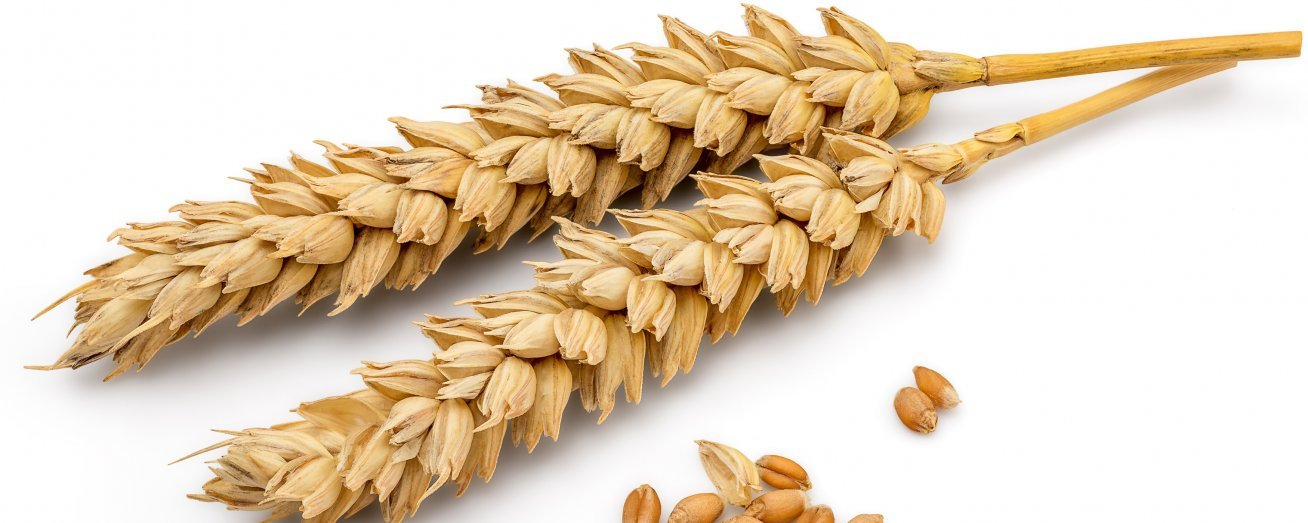A wheat-free diet may seem daunting at first, but with expert guidance and practical tips the individual with a wheat allergy can live a full and delicious life.
Wheat is a ubiquitous staple and is a common ingredient in the food industry due to its food-technological properties. However, with careful planning and selection a wheat-free diet can provide both a healthy and delicious selection of foods. A wheat-free diet should only be initiated after a definite diagnosis has been made. The type and extent of the wheat allergy should be fully. Wheat is in many foods you would not expect. The majority of gluten-free foods are also wheat-free. One exception would be the gluten-free products that contain certified gluten-free wheat starch. Careful label reading is an essential tool for the individual on a wheat-free diet. In addition to avoiding wheat, any wheat derivatives must also be avoided such as spelt, green spelt (unripe spelt), einkorn, emmer and kamut.
The following foods may contain wheat
-
Rolls, bread, baked goods
-
Cookies, cakes
-
Granola and Muesli
-
Pasta and noodles
-
Bulgur, couscous
-
Soup pasta, breadcrumbs
-
Candy, ice cream with cookies or crunchies content
-
Breaded meat and breaded fish
-
Wheat beer
-
Packaged convenience foods, soups, sauces
-
Pizza
Practical tips for living wheat-free
A few simple tips will help make navigating a wheat-free diet regime much easier.
1. Choose naturally wheat-free foods
There are many naturally wheat-free foods such as fruits, vegetables, meat, fish and poultry. Additionally there are many wheat-free grains and grain based products (see # 4 below) that can be used. The use of whole ancient grains, such as quinoa, millet, buckwheat etc will help replace the B vitamins and minerals usually found in wheat based products.
2. Careful Label Reading
It is important to carefully read the label of prepared and packaged foods. Any food containing wheat must list it as an allergen according to the Food Allergen Labelling and Consumer Protection Act (FALCPA) of 2006. This law recognized wheat as a common allergen and therefore wheat must be listed in common language in the ingredient list. It must also note on the label “Contains wheat”. Wheat is a common ingredient often added to manufactured and processed foods as a thickener or flavour enhancer. Manufactured gluten-free products such as pasta, bread, and cookies may be used. Care must be taken as some gluten-free products contain gluten-free wheat starch.
Choosing foods that are labelled gluten-free would also ensure that they are wheat free.
3. Dining Out
When dining out, emphasize naturally wheat-free foods, such as plain grilled meat, fish, poultry, prepared with no marinades, sauces, or breading, or gravies. Oder vegetables and potatoes with no sauces. Beverages may include fruit juices, coffee, tea, wine and distilled alcohol.
4. Cooking and baking at home
There are many nutritious and delicious wheat-free grains and mixes that can make preparing favorite dishes easy.
Wheat free substitutes
| FOOD GROUP | SUITABLE SUBSTITUTES FOR A WHEAT-FREE DIET |
|---|---|
| Cereals | Oats, barley, rye, sorghum (millet), rice, corn as flour or starch |
| Pseudocereals | Quinoa, amaranth buckwheat |
| Starchy tubers | Tapioca, potato starch |
| Legumes | Soy flour (full-fat), carob gum, guar gum |
| Other | Chicory, chestnut flour |
